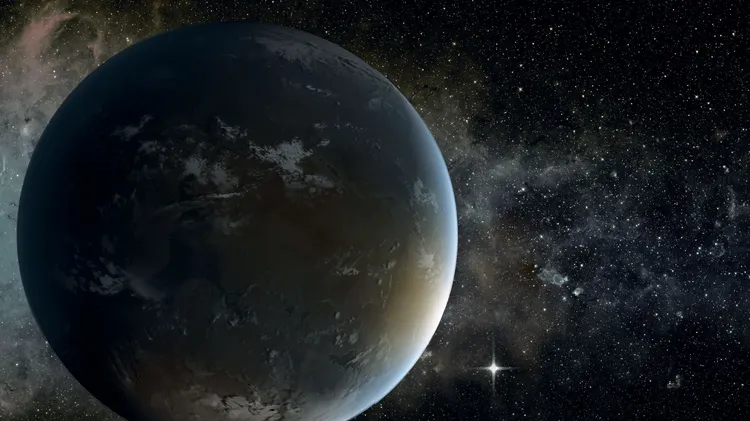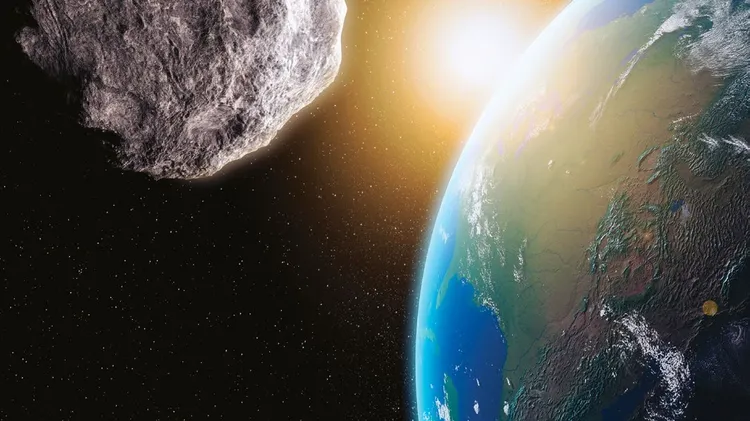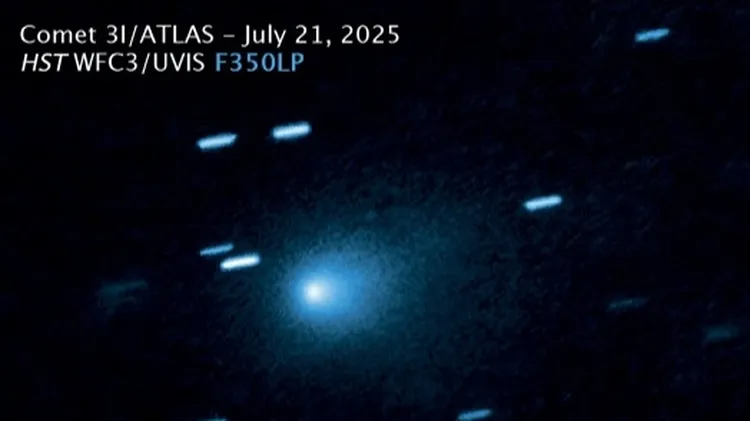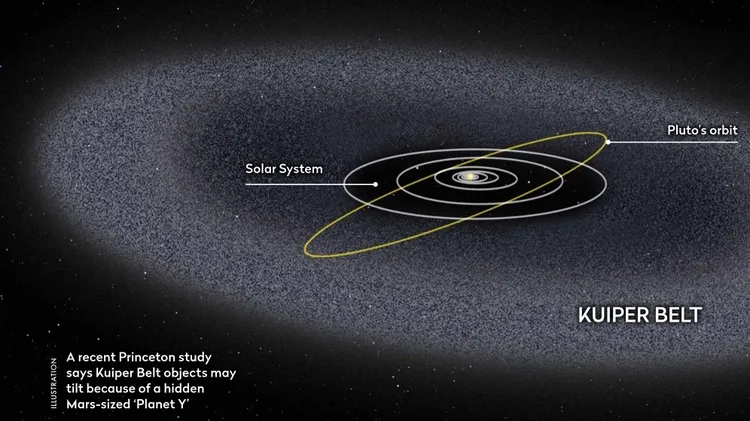Asteroid sampling mission will confirm whethe
Origin of earth’s ‘second moon’ discovered
1 min read
This article is from...
Read this article and 8000+ more magazines and newspapers on Readly






